Mukteswar Temple Bhubaneswar
The Mukteshwar Temple, nestled in the heart of Bhubaneswar, the capital city of Odisha, India, stands as a testament to the rich cultural and architectural heritage of the region. With its intricate carvings, timeless elegance, and spiritual significance, the temple continues to captivate visitors from far and wide.
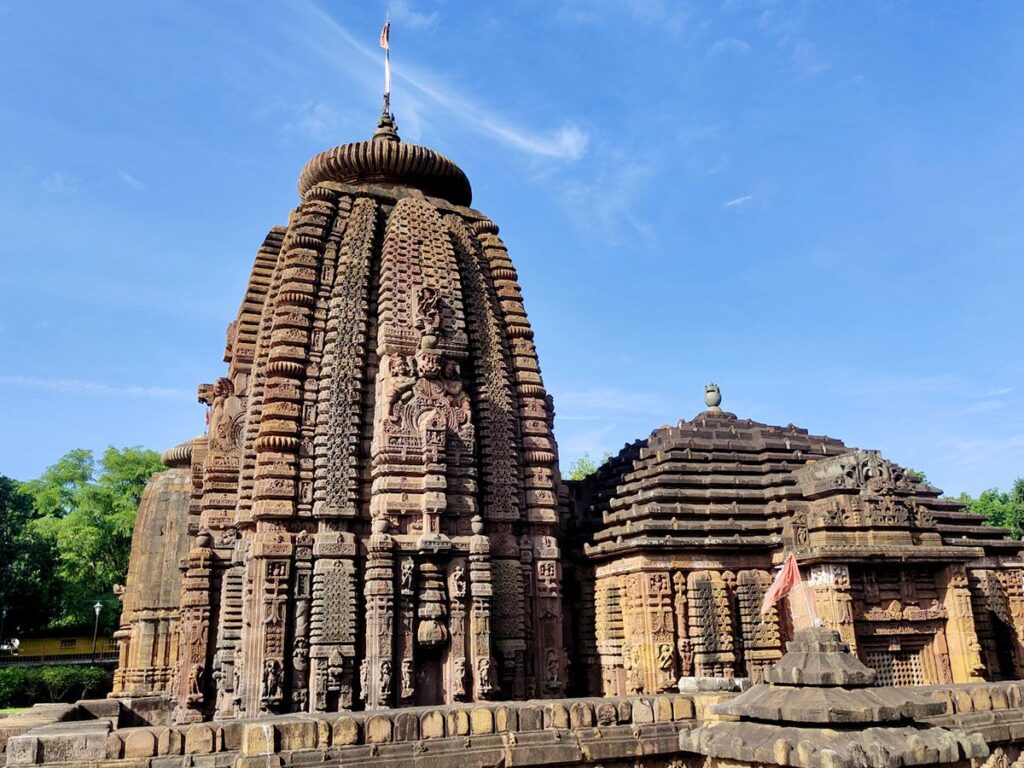
Contents
- 1 Mukteswar Temple History:
- 2 Legend of Mukteswar Temple:
- 3 Significance of Mukteswar Temple:
- 4 Mukteswar Temple Architecture:
- 5 Myths & Beliefs of Mukteswar Temple:
- 6 Mukteswar Temple Timing & Rituals:
- 6.0.1 Temple Timings:
- 6.0.2 Rituals and Pujas:
- 6.0.3 Mangalagiri Panakala Narasimha Swamy Temple
- 6.0.4 Vontimitta Temple of Sri Kodanda Rama Swamy
- 6.0.5 Arasavalli Temple | Sri Suryanarayana Swamy Temple
- 6.0.6 Powerful Annavaram Temple Sri Veera Venkata Satyanarayana Swamy
- 6.0.7 Antarvedi Lakshmi Narasimha Swamy Temple
- 6.0.8 Kapila Theertham Temple Tirupati
- 7 Places to visit near Mukteswar Temple:
- 7.1 1. Lingaraj Temple:
- 7.2 2. Rajarani Temple:
- 7.3 3. Ananta Vasudeva Temple:
- 7.4 4. Kedar Gauri Temple:
- 7.5 5. Odisha State Museum:
- 7.6 6. Ekamra Kanan Botanical Gardens:
- 7.7 7. Dhauli Shanti Stupa:
- 7.8 8. Nandankanan Zoological Park:
- 7.9 9. Udayagiri and Khandagiri Caves:
- 7.10 10. Pathani Samanta Planetarium:
- 7.10.1 Nageshwar Jyotirlinga Dwaraka: 7th CE Temple with Divine Powers
- 7.10.2 Grishneshwar Temple: Wealth and Pleasure at Shiva’s Feet
- 7.10.3 Kedarnath Temple: One of Jyotirling & Char Dham
- 7.10.4 Trimbakeshwar Jyotirlinga Temple
- 7.10.5 Sacred Kashi Vishwanath Temple: 11th Jyotirling of Liberation
- 7.10.6 Aundha Nagnath Temple: 8th Jyothirling with Divine Serpents
- 8 FAQ:
- 9 How to reach Mukteswar Temple:
Mukteswar Temple History:
Earliest Somavamshi Work: Dating back to 950-975 CE, the Mukteswar Temple is recognized as one of the earliest surviving examples of temple architecture from the Somavamshi dynasty. This period marked a shift in Bhubaneswar’s temple-building traditions.
Architectural Precursor: The Mukteswar Temple stands as a crucial link in the development of Kalinga architecture. Its design incorporates elements from previous styles while introducing innovative features. The intricate carvings and the well-preserved gateway (torana), a rarity in the region, showcase this transition.
Timeline of Construction: Experts debate the exact order of construction for early Bhubaneswar temples.
- Some scholars: Believe Mukteshwar predates the nearby Parashurameshvara Temple and was built before the more elaborate Brahmeswara Temple (1060 CE).
- Percy Brown: Places the construction date around 950 CE.
- K.C. Panigrahi: Attributes the temple to King Yayati I of the Somavamshi dynasty, placing its construction around 966 CE.
A Stepping Stone: The architectural style of Mukteshwar Temple, with its square hall (mandapa) and pyramidal roof, served as a stepping stone for more complex temples that followed in the 11th and 12th centuries.
Read More>> Chengannur Mahadeva Temple
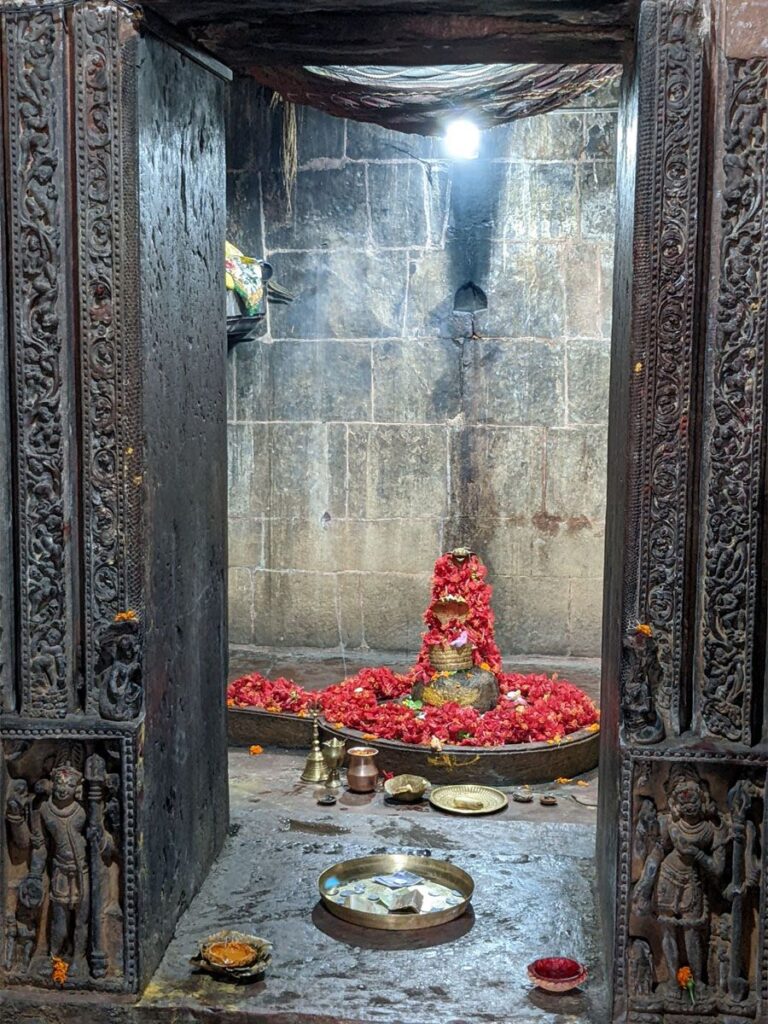
Legend of Mukteswar Temple:
Long ago, in the ancient city of Kalinga, there lived a devout Brahmin named Kirtivasa. Despite his unwavering devotion to Lord Shiva, Kirtivasa and his wife were childless, which filled their hearts with sorrow.
One day, as Kirtivasa was meditating by the banks of the Bindusagar Lake, he had a divine vision. Lord Shiva appeared before him and blessed him with a son, who would grow up to become a great sage and devotee of the Lord.
True to the divine prophecy, Kirtivasa’s wife gave birth to a son, whom they named Mukta. As Mukta grew older, he exhibited remarkable spiritual prowess and was drawn to the path of renunciation.
One night, Mukta had a vision of Lord Shiva, who instructed him to build a temple in his honor. Inspired by the divine command, Mukta embarked on a pilgrimage to find the perfect location for the temple.
During his travels, Mukta came across a sacred grove in the city of Bhubaneswar. Entranced by its serene beauty and spiritual aura, he decided to build the temple there.
With the help of devoted artisans and generous patrons, Mukta began the construction of the temple, which would come to be known as the Mukteswar Temple. The temple’s exquisite architecture and intricate carvings were said to be divinely inspired, reflecting Mukta’s unwavering devotion to Lord Shiva.
Legend has it that those who visit the Mukteswar Temple with a pure heart and sincere devotion are granted liberation from the cycle of birth and death, hence its name “Mukteswar,” which means “Lord of Freedom.”
Read More>> Mahalakshmi Temple Kolhapur | Ambabai Temple
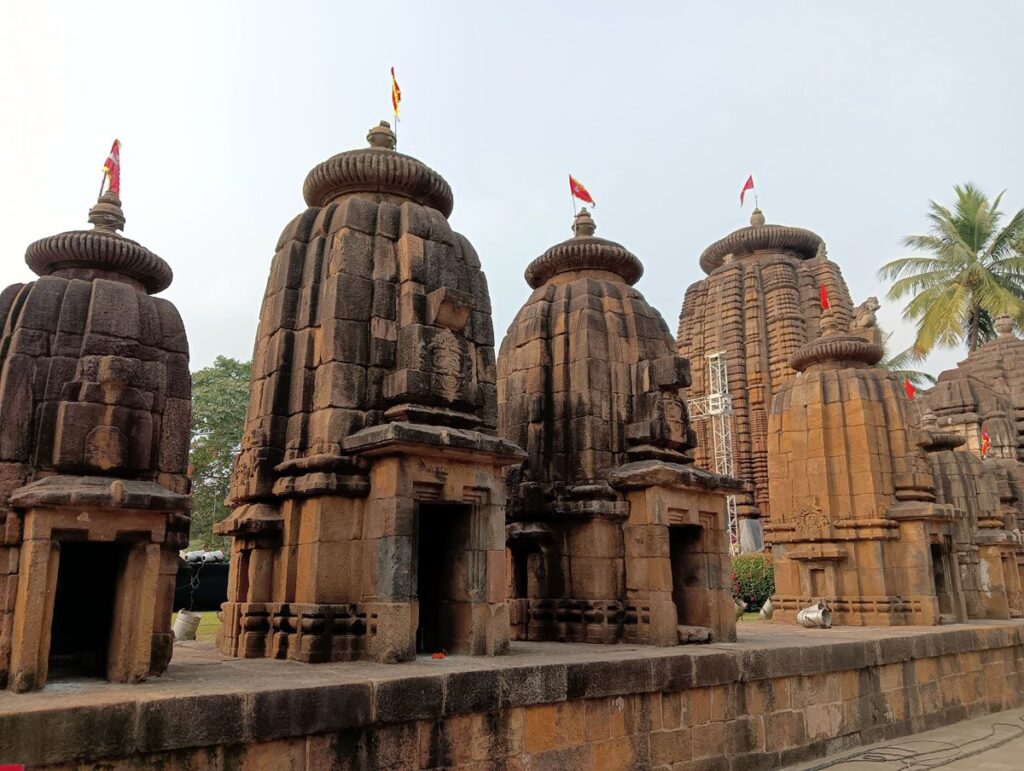
Significance of Mukteswar Temple:
Historical Significance:
Early Somavamshi Period: Built between 950-975 CE, it’s one of the earliest surviving examples of Somavamshi dynasty temple architecture. It marks a shift in Bhubaneswar’s temple-building traditions.
Architectural Precursor: This temple serves as a crucial link in the development of Kalinga architecture. Its design incorporates elements from previous styles while introducing innovative features, paving the way for more elaborate temples.
Architectural Significance:
Kalinga Style Showcase: It showcases the intricate carvings and artistry characteristic of the Kalinga architectural style.
Rare Gateway (Torana): The well-preserved gateway (torana) is a rare sight in the region, adding to the temple’s architectural value.
Religious Significance:
Dedicated to Shiva: The temple is dedicated to Lord Shiva, one of the principal deities in Hinduism.
Lord of Freedom: The name “Mukteshwar” translates to “Lord of Freedom,” signifying liberation from the cycle of birth and death. This association adds a spiritual dimension to the temple’s significance.
Understanding Temple Evolution: The Mukteshwar Temple, with its square hall (mandapa) and pyramidal roof, allows us to understand the progression of Bhubaneswar’s temple architecture. It serves as a stepping stone for the more complex temples built later.
Read More>> Vadapalli Temple of Sri Venkateswara Swamy
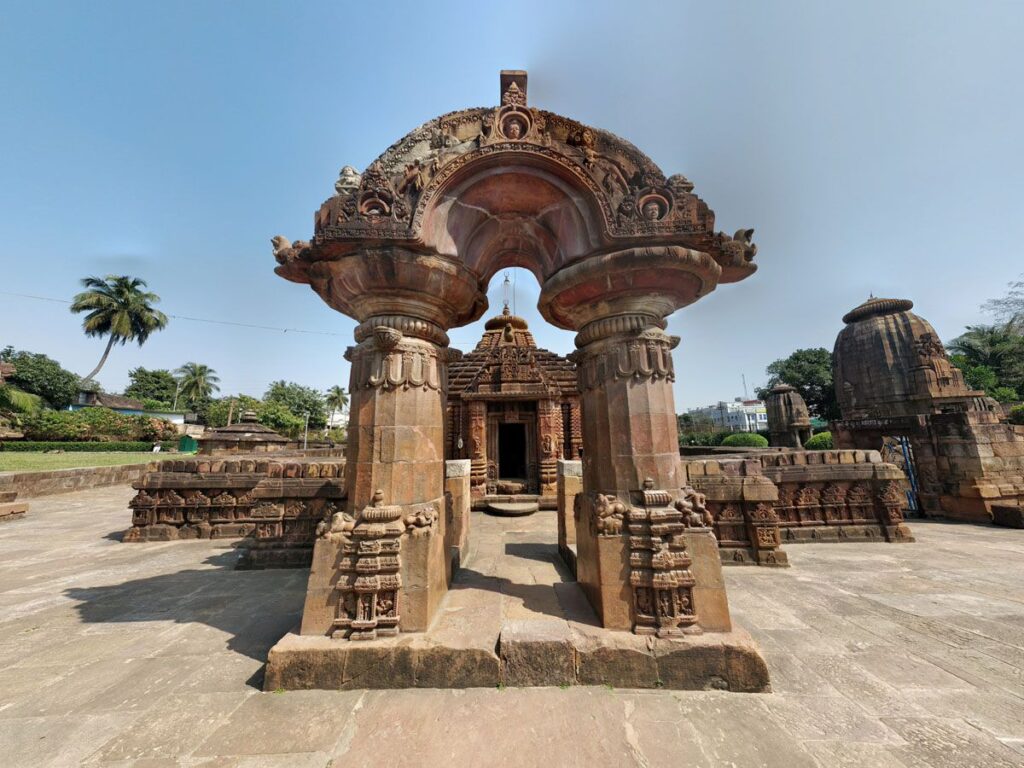
Mukteswar Temple Architecture:
- Torana (Archway):
- The temple is famous for its beautifully carved archway, or torana, at the entrance. This archway is decorated with intricate designs and is one of the most striking features of the temple.
- Vimana (Sanctum Tower):
- The main sanctum tower, or vimana, is relatively low and compact compared to other temples. It is pyramid-shaped and covered with elaborate carvings of deities, dancers, and floral motifs.
- Jagamohana (Assembly Hall):
- The temple has a porch or assembly hall known as the jagamohana. It is square-shaped and features a pyramidal roof. The walls are adorned with detailed sculptures and decorative elements.
- Sculptures and Carvings:
- Mukteswar Temple is renowned for its exquisite sculptures. The carvings include figures of Hindu gods and goddesses, celestial beings, and mythological scenes. The precision and artistry in these carvings are remarkable.
- Lion Gate:
- At the entrance of the temple, there are two stone lions standing on either side. This feature adds to the grandeur and majesty of the temple.
- Somaskanda Panel:
- Inside the temple, there is a panel depicting the Somaskanda (Lord Shiva with his consort Parvati and son Skanda). This panel is a significant aspect of the temple’s interior decoration.
- Amalaka and Kalasha:
- The vimana is topped with an amalaka (a circular, ribbed stone) and a kalasha (a pot-like structure) which are common in Kalinga temple architecture. These elements symbolize the temple’s connection to the divine.
Read More>> Thirumanancheri Temple | Kalyanasundareswarar Temple
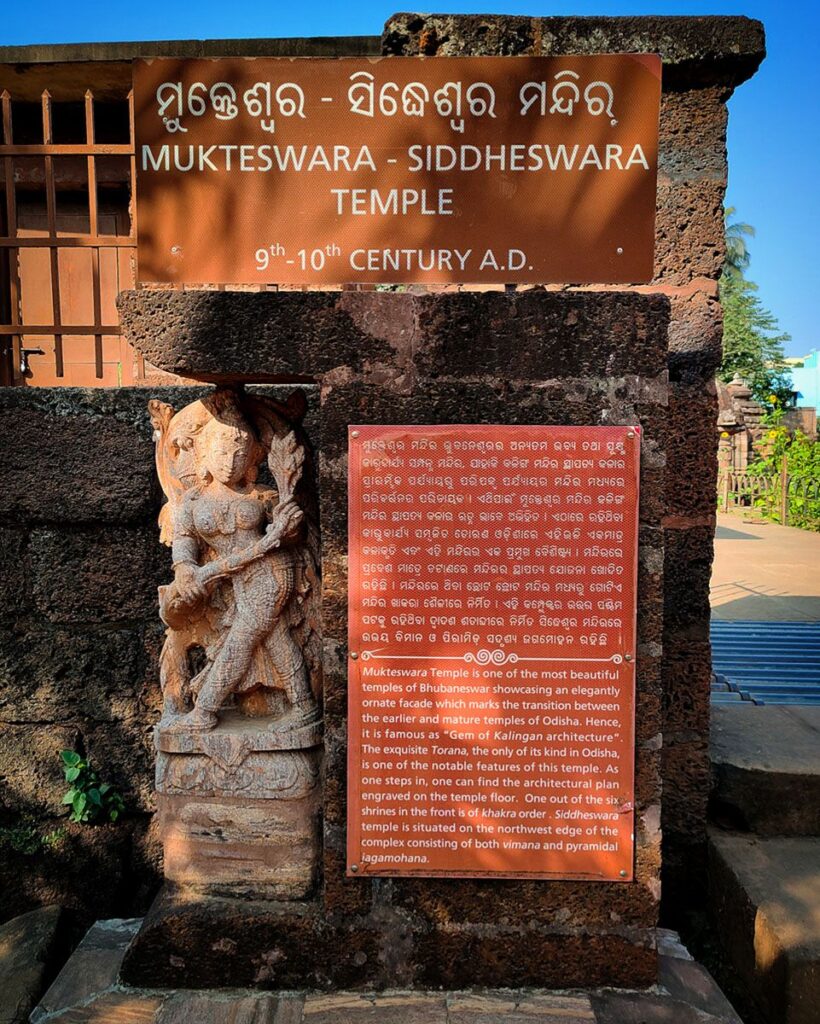
Myths & Beliefs of Mukteswar Temple:
1. Divine Inspiration:
- Myth: It is believed that the design and construction of the Mukteswar Temple were divinely inspired. Legend has it that the temple’s architecture and intricate carvings were guided by celestial beings, reflecting divine grace and intervention.
- Belief: Devotees hold the belief that the temple’s sanctity and spiritual potency are imbued with the blessings of Lord Shiva. Visiting the temple with faith and devotion is believed to bring blessings and fulfillment of prayers.
2. Tantric Influence:
- Myth: There are myths surrounding the temple’s association with Tantric practices and rituals. It is said that the temple was a center of Tantric worship, with its sculptural motifs and iconography containing esoteric symbolism and mystical significance.
- Belief: Some devotees believe that the Mukteswar Temple serves as a conduit for Tantric energies and spiritual awakening. Participating in rituals and prayers at the temple is thought to awaken latent spiritual powers and facilitate inner transformation.
3. Fulfillment of Wishes:
- Myth: There are tales of devotees who have experienced miraculous occurrences and had their wishes fulfilled after visiting the Mukteswar Temple. These stories often revolve around prayers offered with utmost sincerity and devotion.
- Belief: Many devotees believe in the temple’s power to grant wishes and fulfill desires. It is believed that praying earnestly at the temple can invoke the divine blessings of Lord Shiva, leading to positive outcomes and favorable resolutions.
4. Liberation (Moksha):
- Myth: According to mythology, the Mukteswar Temple is associated with the attainment of liberation (moksha) from the cycle of birth and death. It is said that those who visit the temple with a pure heart and sincere devotion are granted spiritual emancipation by Lord Shiva.
- Belief: Devotees hold the belief that by visiting the Mukteswar Temple and seeking the Lord’s blessings, one can attain spiritual liberation and eternal bliss. The temple is regarded as a sacred place where devotees can transcend worldly attachments and achieve ultimate salvation.
5. Rituals and Offerings:
- Myth: There are rituals and offerings associated with the Mukteswar Temple that are believed to please the deity and invoke divine blessings. These rituals have been passed down through generations and are an integral part of temple worship.
- Belief: Devotees believe that performing rituals such as abhishekam (ritual bathing of the deity), aarti (worship with lamps), and offering prasad (sacred food) at the temple can purify the soul and attract the benevolence of Lord Shiva. These acts of devotion are considered essential for spiritual growth and well-being.
Mukteswar Temple Timing & Rituals:
Temple Timings:
- Morning: 6:00 AM to 12:00 PM
- Evening: 3:00 PM to 9:00 PM
Please note that these timings may vary slightly depending on seasonal changes and specific rituals.
Rituals and Pujas:
- Morning Rituals:
- The temple opens early in the morning for devotees to offer prayers and perform rituals. Morning aarti (worship with lamps) and abhishekam (ritual bathing of the deity) are conducted to commence the day’s worship.
- Afternoon Break:
- During the afternoon break, the temple remains closed for cleaning and maintenance. Devotees can still visit the temple premises for meditation or relaxation.
- Evening Rituals:
- The temple reopens in the late afternoon for evening prayers and rituals. Evening aarti and abhishekam are performed, attracting devotees who seek blessings and spiritual solace after the day’s activities.
- Special Pujas and Festivals:
- On auspicious occasions such as Maha Shivaratri, Kartik Purnima, and other major festivals, special pujas and rituals are conducted at the temple. These events draw large crowds of devotees who gather to participate in the celebrations and seek divine blessings.
- Personal Offerings:
- Devotees have the option to make personal offerings and conduct special pujas for specific intentions or prayers. These offerings can include flowers, fruits, coconuts, and other symbolic items.
- Prasad Distribution:
- Prasad (sacred food offering) is distributed to devotees after the rituals as a token of divine blessings. Devotees partake in the prasad with reverence and gratitude.
- Darshan:
- Devotees can have darshan (sacred viewing) of the deity throughout the day, witnessing the divine presence of Lord Shiva and seeking his blessings.
Places to visit near Mukteswar Temple:
1. Lingaraj Temple:
- Located just a short distance away from the Mukteswar Temple, the Lingaraj Temple is one of the most prominent and revered temples in Bhubaneswar. Dedicated to Lord Shiva, this ancient temple is renowned for its imposing architecture and spiritual ambiance.
2. Rajarani Temple:
- The Rajarani Temple, known for its ornate sculptures and exquisite carvings, is another architectural gem located near the Mukteswar Temple. This temple, dedicated to Lord Shiva, is famous for its unique absence of any deity inside.
3. Ananta Vasudeva Temple:
- Situated in the heart of Bhubaneswar, the Ananta Vasudeva Temple is dedicated to Lord Krishna. This temple, with its serene surroundings and intricate artwork, offers visitors a glimpse into Odisha’s rich religious heritage.
4. Kedar Gauri Temple:
- The Kedar Gauri Temple, dedicated to Lord Shiva and Goddess Parvati, is a significant pilgrimage site located near the Mukteswar Temple. The temple’s architecture and spiritual significance make it a must-visit for devotees and tourists alike.
5. Odisha State Museum:
- For those interested in history and culture, the Odisha State Museum is worth a visit. Located nearby, this museum houses a vast collection of artifacts, sculptures, and artworks that showcase Odisha’s rich cultural heritage.
6. Ekamra Kanan Botanical Gardens:
- Nature enthusiasts can explore the Ekamra Kanan Botanical Gardens, a sprawling green space located in Bhubaneswar. The gardens feature a diverse range of flora and fauna, making it an ideal spot for leisurely walks and picnics.
7. Dhauli Shanti Stupa:
- A short drive from the Mukteswar Temple, the Dhauli Shanti Stupa is a Buddhist monument known for its historical significance and panoramic views of the surrounding landscape. Visitors can explore the stupa and learn about its association with Emperor Ashoka’s reign.
8. Nandankanan Zoological Park:
- Nature lovers and wildlife enthusiasts can visit the Nandankanan Zoological Park, home to a wide variety of animal species, including the rare white tiger. The park also features a botanical garden and a serene lake.
9. Udayagiri and Khandagiri Caves:
- History buffs can explore the Udayagiri and Khandagiri Caves, ancient rock-cut caves located near Bhubaneswar. These caves offer insights into Odisha’s rich history and showcase intricate carvings and inscriptions.
10. Pathani Samanta Planetarium:
- Science enthusiasts can visit the Pathani Samanta Planetarium, which offers educational programs and exhibits on astronomy and space science. Visitors can enjoy interactive shows and learn about the wonders of the universe.
FAQ:
What is the Mukteswar Temple?
- The Mukteswar Temple is an ancient Hindu temple dedicated to Lord Shiva, located in Bhubaneswar, Odisha, India. It is renowned for its exquisite architecture and intricate carvings.
When was the Mukteswar Temple built?
- The temple was built in the 10th century, during the reign of the Somavamsi dynasty.
What is unique about the architecture of the Mukteswar Temple?
- The Mukteswar Temple is known for its distinctive Kalinga style of architecture, characterized by its curved and sculpted tower (called rekha deula) and intricate carvings depicting various scenes from Hindu mythology.
Is the Mukteswar Temple still active for worship?
- Yes, the Mukteswar Temple is still an active place of worship, and devotees visit it regularly to offer prayers to Lord Shiva.
What are the main festivals celebrated at the Mukteswar Temple?
- The temple hosts various festivals throughout the year, including Shivratri, Makar Sankranti, and Kartik Purnima. These festivals attract a large number of devotees who come to participate in the celebrations.
Can tourists visit the Mukteswar Temple?
- Yes, the Mukteswar Temple is open to tourists and visitors. However, it is advisable to respect the religious sentiments of worshippers and maintain decorum while visiting the temple premises.
Are there any rules or dress codes to follow while visiting the Mukteswar Temple?
- Visitors are expected to dress modestly and remove their footwear before entering the temple premises. It is also customary to maintain silence and refrain from any disruptive behavior.
What other attractions are near the Mukteswar Temple?
- The Mukteswar Temple is located in close proximity to other famous temples such as the Lingaraj Temple, Rajarani Temple, and Brahmeswara Temple, making it part of a popular temple circuit for tourists in Bhubaneswar.
How to reach Mukteswar Temple:
By Air:
- Biju Patnaik International Airport (BBI):
- The nearest airport to Bhubaneswar is the Biju Patnaik International Airport, located approximately 4 kilometers away from the city center. From the airport, you can hire a taxi or take a pre-paid taxi to reach the Mukteswar Temple, which is about a 20-minute drive away.
By Train:
- Bhubaneswar Railway Station:
- Bhubaneswar Railway Station is well-connected to major cities across India by regular train services. From the railway station, you can hire a taxi, auto-rickshaw, or take a bus to reach the Mukteswar Temple, which is located about 5 kilometers away.
By Road:
- Local Transport:
- Bhubaneswar has a well-developed network of roads and local transport options, including buses, taxis, and auto-rickshaws. You can easily hire a taxi or auto-rickshaw from any part of the city to reach the Mukteswar Temple.
- Inter-City Bus Services:
- Bhubaneswar is connected to neighboring cities and towns by inter-city bus services. You can take a bus from nearby cities such as Cuttack, Puri, or Konark to reach Bhubaneswar, and then proceed to the Mukteswar Temple by local transport.

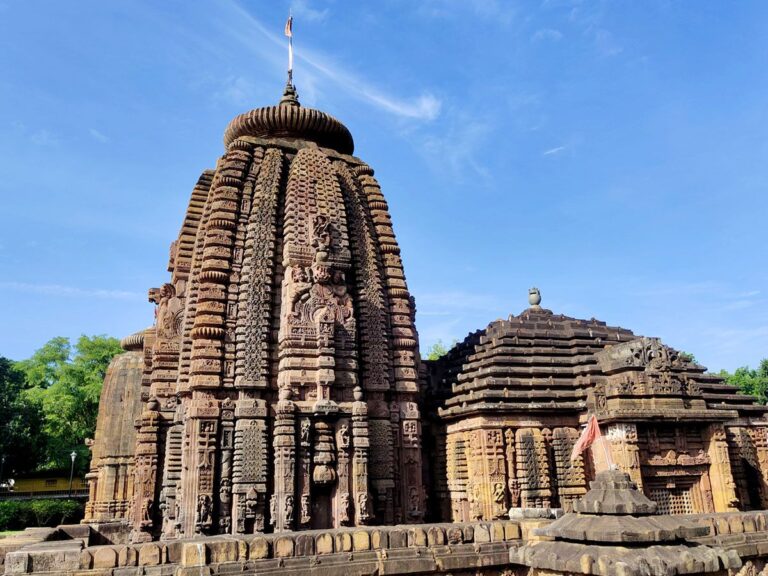

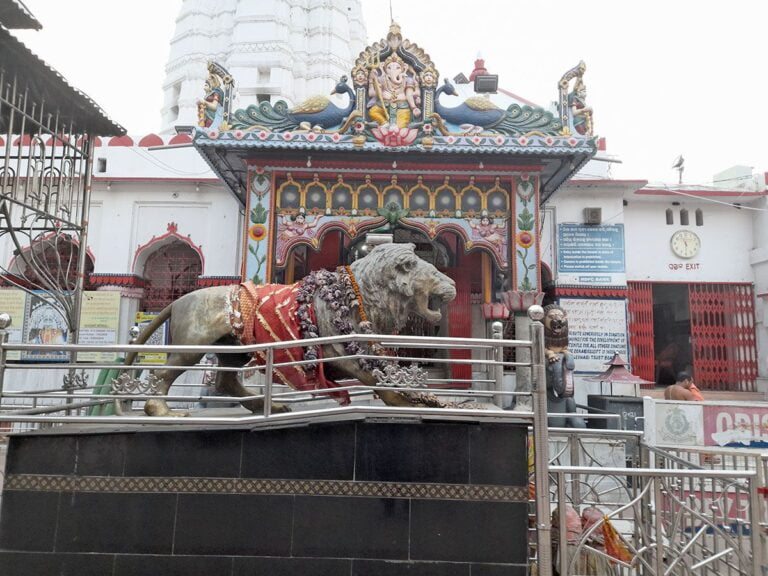

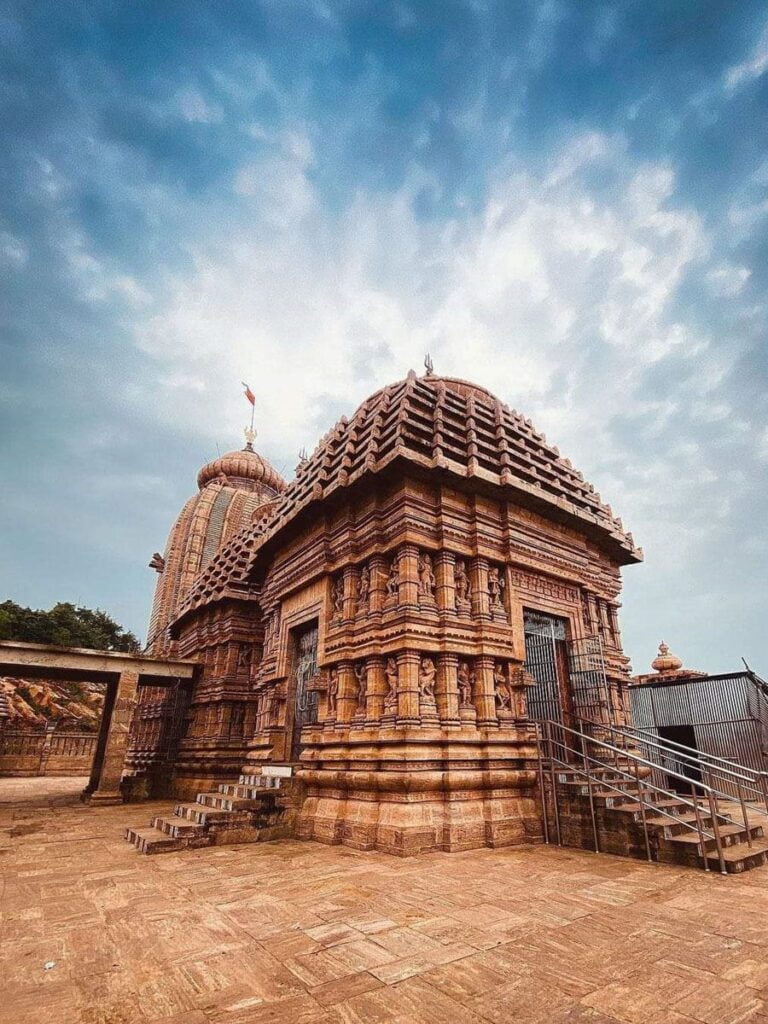
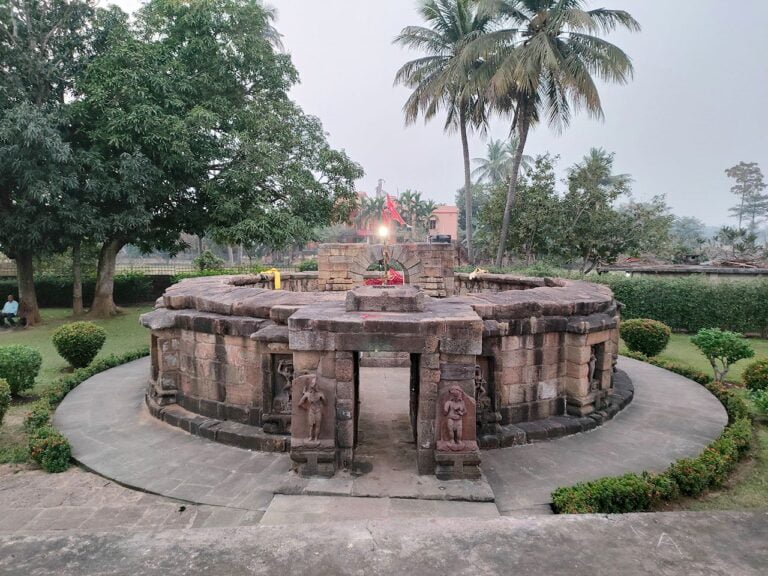
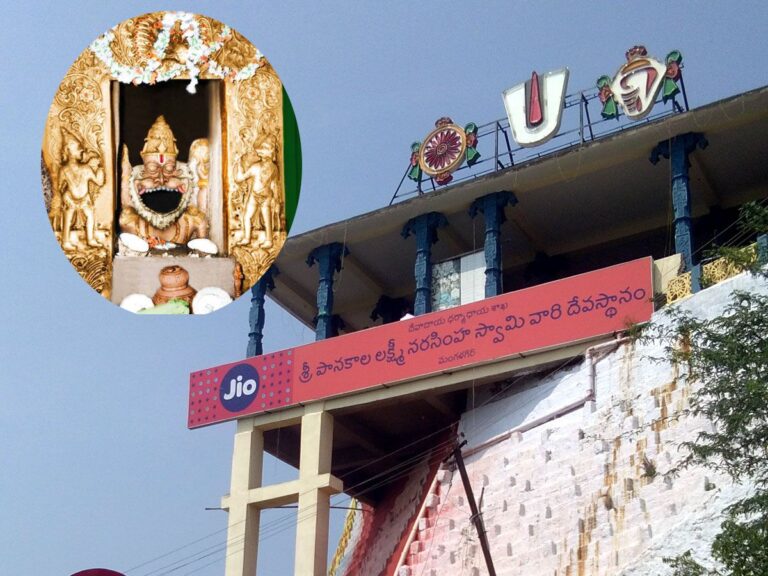



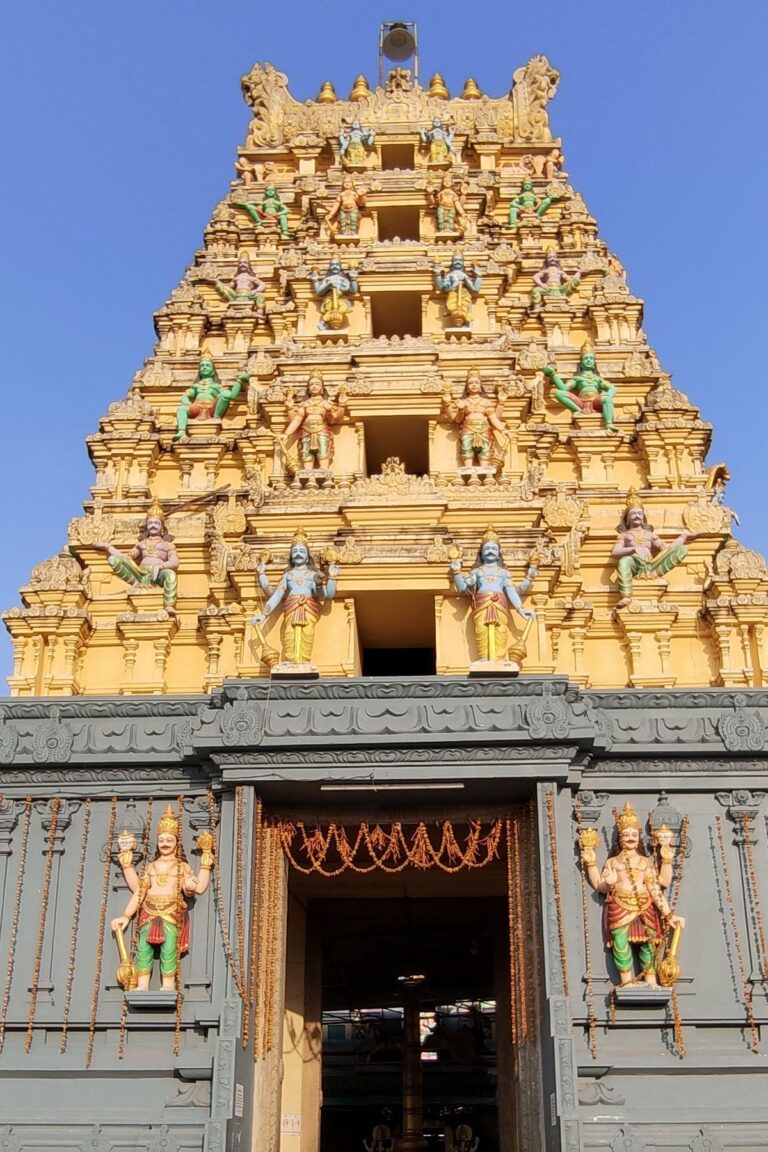






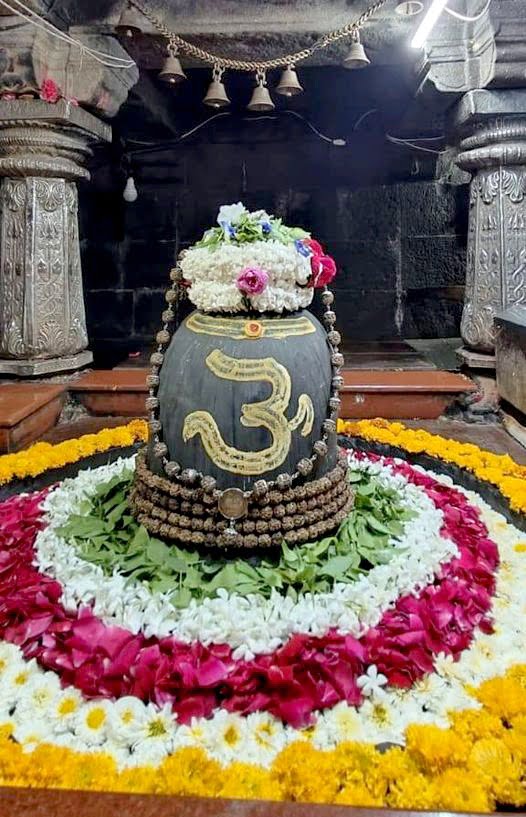
2 Comments